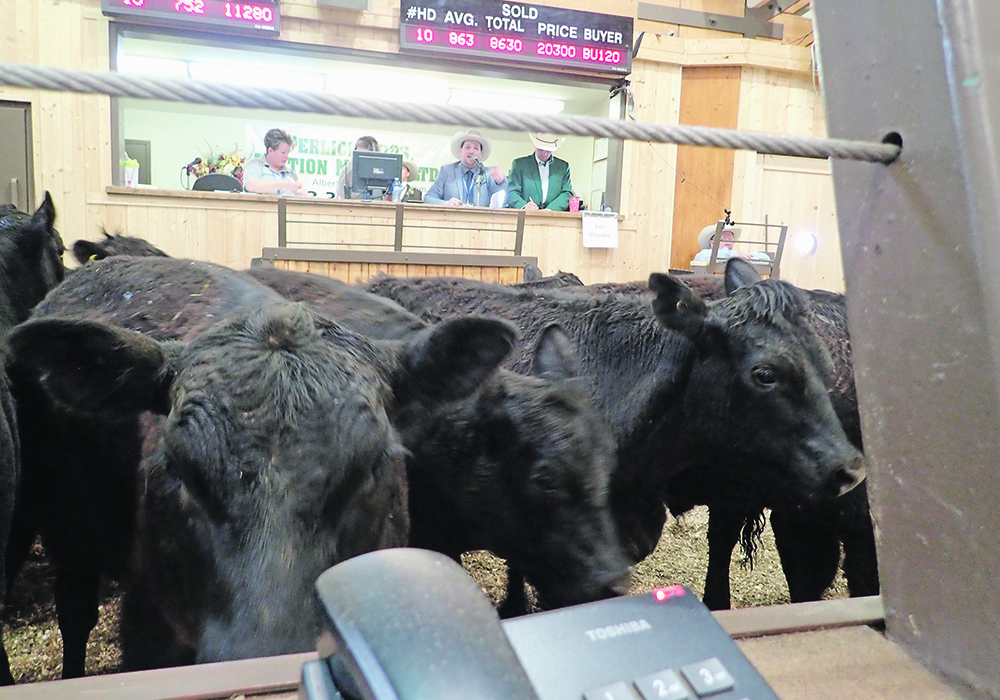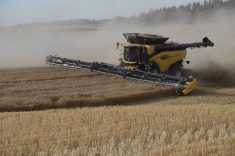Farm Credit Canada hopes to reduce the decline in beef cattle inventories by offering loans at minimal interest rates that producers can use to buy replacements or maintain their herds.
The Replacement Heifer Program offers producers a seven-year loan with a maximum two-year interest-only period with variable interest rates capped at prime plus 1.5 percent and all processing fees waived.
“We recognize how important the beef industry is to the Canadian economy. We’re talking $24 billion added to the economy and there’s been a trend of herd reductions,” said Curtis Grainger, director of lending products and sustainability programs at FCC.
Read Also

Trump’s tariffs take their toll on U.S. producers
U.S. farmers say Trump’s tariffs have been devastating for growers in that country.
“We wanted to create a program that supports producers to maintain and, ideally, grow their herd to support the Canadian cattle herd across the country.”
Canada’s cattle herd has been shrinking for two decades.
Grainger said the FCC’s new program is designed to help offset rising interest rates and free up available cash for producers to at least maintain stock.
“We think that capped interest rate is a very important part of it to support our beef customers,” he said.
“The interest only on the front end comes in because newborn calves or yearling heifers, they don’t generate cash flow right off the hop.”
He said the federal crown corporation hopes the program will support producers through those first two years until profits can be realized.
“We recognize you might be a smaller producer with a few cows or you might have a larger operation, but broadly speaking, we want to support the entire Canadian herd,” he said.
The loans haven’t been capped in an attempt to accommodate differing herd sizes, he added.
Grainger said the issues affecting cattle inventories are longstanding and no one program will be enough to offset the impacts.
“This is one program. I don’t think it will solve all the problems, but what I do think is this is a good program to have in place to begin to benefit the producer today,” he said.
“At this point in time, it’s a really good opportunity for Farm Credit Canada to learn from this program and, as we work through it, gather feedback to find out other barriers that producers are having so we can enhance other programs in the future.”
The program is available to cattle producers nationally, “from East Coast to West; growth anywhere is a positive news story for the beef industry,” said Grainger.
However, he added that while Canadian beef is recognized for its sustainability and quality, “we need a herd around” for growth to be possible.
Grainger also said FCC customers can benefit from other programs designed to assist cattle producers, including its Sustainability Incentive Program, which provides up to $2,000 annually to either get or maintain a Canadian Roundtable for Sustainable Beef (CRSB) certification.
While he said the CRSB certification may not be directly related to cattle inventory declines, it does help provide support for maintaining sustainable operations in the long run.
















